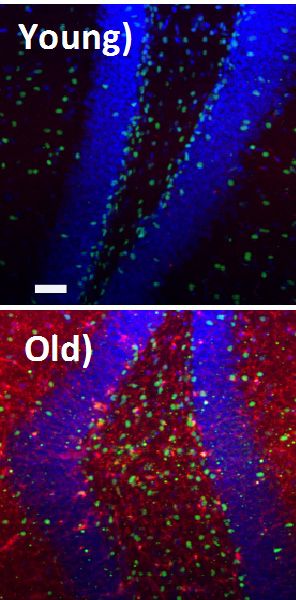This is the story of the most important biological discovery of the last 10 years. Will it be used for good, or evil, or everything in between?
Category: biotech/medical
One of the most basic yet important surgical skills to keep a patient alive and intact may be closing wounds. It seems that doctors will now get the job done with more ease thanks to new, nontoxic surgical glue that instantly seals a bleeding wound and helps it heal without a scar or inflammation.
Lightweight composite metal foams like this one have been found effective at blocking X-rays, gamma rays and neutron radiation, and are capable of absorbing the energy of high impact collisions — holding promise for use in nuclear safety, space exploration, and medical technology applications (credit: Afsaneh Rabiei, North Carolina State University)
Irina Conboy is making some amazing advances in aging and rejuvenation research at Berkley. The Conboy lab has been steadily making progress in regenerative medicine and is potentially a few years from having something viable in terms of regenerative medicine. It would be amazing if the community could get behind a single breakthrough project like Irina is working on and making sure this technology arrives soon.
By using nanopores to read and write DNA, we’re beginning to unlock the mysteries of our own biology! — B.J. Murphy for Serious Wonder.
California firm EnChroma has accidentally stumbled upon a cure for color-blindness. Here’s the story behind a life-changing pair of smart glasses.
Existing anti-malaria drugs have the ability to treat Parkinson’s disease, a team of international scientists announced on Thursday.
One day soon, amputees will be able to control their prosthetic limbs with their minds. http://voc.tv/1cRrjAQ.

Scientists have been experimenting with brain-to-brain interfaces for years. Miguel Nicolelis, a neurobiologist at Duke University Medical Center, has created a “Brainet” or a network of interconnected brains with four rats. With electrodes implanted directly in the cortex rodents exchange information to create an organic computing device. Collectively, they were able to solve computational problems including image processing, storing and recalling information and even predicting precipitation.
Read the full story by Mona Lalwani at Engadget






